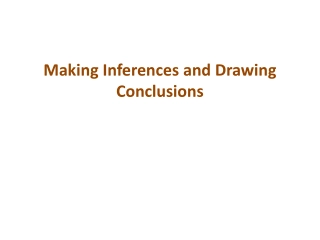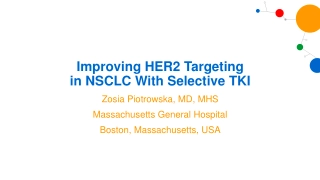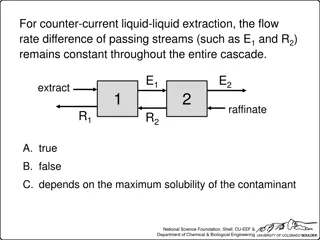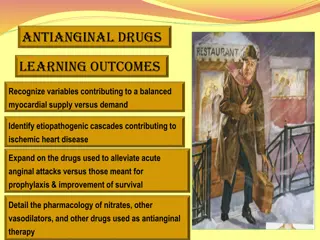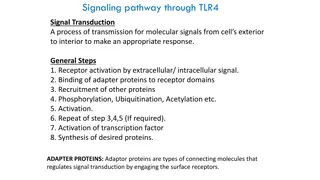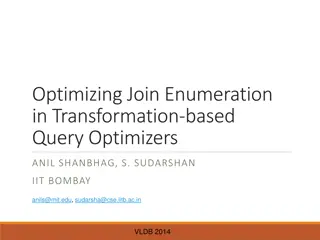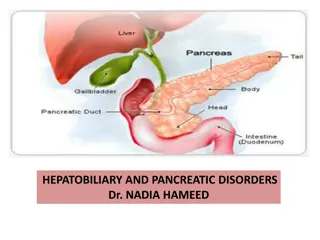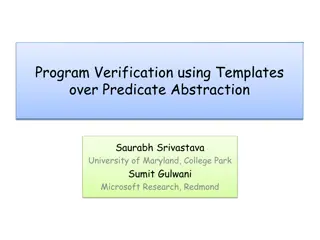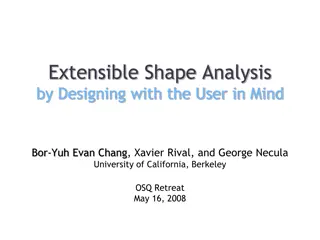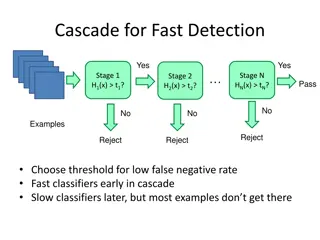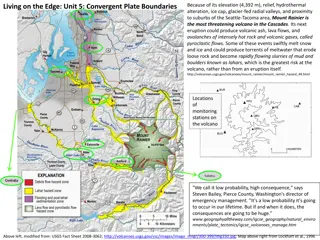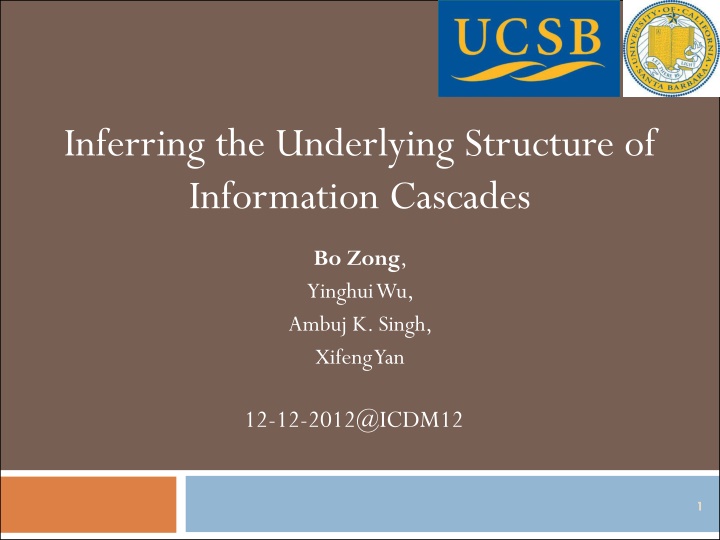
Inference of Information Cascade Structure in Social Networks
Explore the study of inferring the underlying structure of information cascades in social networks, focusing on information propagation, importance of cascades, and examples of cascade structure inference. It covers topics such as the diffusion graph, problem definitions like Minimum Perfect Consistent Tree (PCT) and Minimum Bounded Consistent Tree (BCT), and the complexity of PCT in social network analysis.
Download Presentation

Please find below an Image/Link to download the presentation.
The content on the website is provided AS IS for your information and personal use only. It may not be sold, licensed, or shared on other websites without obtaining consent from the author. If you encounter any issues during the download, it is possible that the publisher has removed the file from their server.
You are allowed to download the files provided on this website for personal or commercial use, subject to the condition that they are used lawfully. All files are the property of their respective owners.
The content on the website is provided AS IS for your information and personal use only. It may not be sold, licensed, or shared on other websites without obtaining consent from the author.
E N D
Presentation Transcript
Inferring the Underlying Structure of Information Cascades Bo Zong, Yinghui Wu, Ambuj K. Singh, Xifeng Yan 12-12-2012@ICDM12 1
Information cascades in social networks 2 Information propagation in social networks (a) Facebook shared link (b) Twitter retweet Cascade: a subgraph tracking propagation trace Importance of Cascades a) Viral marketing b) Recommendation c) Information Security But missing structure: a) Privacy policies b) Crawling noise. (a) A social graph (b) A cascade
An example: cascade structure inference 3 We can fully observe a social graph, but the cascade structure is partially observed. #iPhone5 Bob, 1:50pm Alice, 1pm David Alice, 1pm Cooper, 3pm Bob, 1:50pm Frank Frank Alice, 1pm 1. Which one? 2. How difficult? 3. Algorithms? 4. Accuracy? David David Ed Cooper, 3pm Bob, 1:50pm Cooper, 3pm
Roadmap 4 Introduction Preliminary Problem definition Our solutions Experimental results Conclusions
Preliminary 5 Diffusion graph, G = (V, E) Independent Cascade Model Diffusion function, f : E [0,1] B A 0 1 0.7 1 D 2 F 0.7 Partial observation, X E C 3 0.6 X={ (A, 0), (B, 1), (C, 3) } G
Problem definition 6 Minimum Perfect Consistent Tree (PCT) Input diffusion graph G source s partial observation X Output cascade T: a tree in G (v, t) X, s reaches v by exactly t edges minimize: Variants Weighted, PCTw Non-weighted, PCTmin B 1 A 0 0.7 F D G 0.7 Ed C 3 0.6 X={ (A, 0), (B, 1), (C, 2) } A 0 T D 0.046 0.8 e log ( ) f e 0.7 T 0.7 C 3 B 1 F 0.9
Problem definition (cont.) 7 Minimum Bounded Consistent Tree (BCT) Input diffusion graph G source s partial observation X Output cascade T: a tree in G (v, t) X, s reaches v by t edges minimize: Variants Weighted, BCTw Non-weighted, BCTmin B 1 A 0 0.7 F D G 0.7 Ed C 3 0.6 X={ (A, 0), (B, 1), (C, 2) } A 0 T David 0.155 0.8 e log ( ) f e 0.7 T 0.8 C 3 B 1
Perfect consistent tree (PCT) 8 Complexity of PCTwand PCTmin NP-complete APX-hard S t1 Heuristic: bottom-up search ti ti+1 Shortest Path tmax Perfect consistent SP tree Reduce to Steiner tree Approximable in Approximable in for PCTmin log f ( * ) min O d for PCTw log f max (d ) O
Bounded consistent tree (BCT) 9 Complexity of BCTwand BCTmin NP-complete Approximable in for BCTw Approximable in for BCTmin log f (| * | ) min O X log f max (| X |) O Approximating BCTwand BCTmin (v, t) X, connect v to s with the shortest path
Datasets 10 Enron email G: 86,808 nodes and 660,642 edges 260 cascades (depth 3, #nodes 8) Twitter hashtag retweets G: 17M nodes, 1,400M edges, 70M Retweets 321 cascades (depth 4, #nodes 10) Synthetic cascades on Facebook G: 3M nodes, 28M edges Diffusion functions are learned.
Metrics 11 Partial observation define uncertainty randomly remove nodes from T and add them into X until is reached. | | X = 1 | | T Performance metric precision: rate of #correct estimates to # estimates recall: rate of # correct estimates to # missing nodes
Conclusions 15 Defined the cascade structure inference problem perfect and bounded consistent trees; metrics for quality of consistent trees Investigated the cascade structure inference problem Analyzed the problem complexity Proposed approximations and heuristics Experimental results verify the effectiveness and efficiency of our solutions
Thanks 16 Questions?

